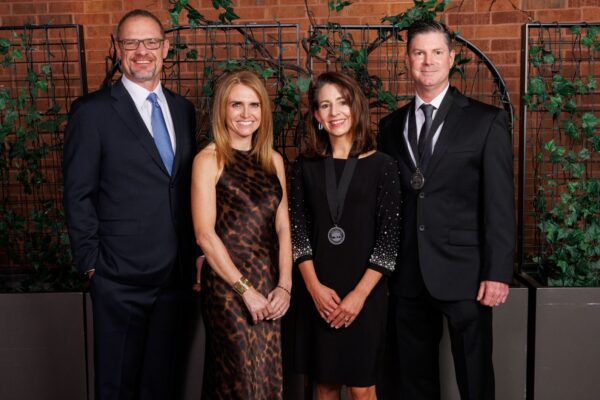2D material reshapes 3D electronics for AI hardware
Sang-Hoon Bae at the McKelvey School of Engineering and collaborators have demonstrated integrated processing hardware they say could revolutionize artificial intelligence computing.
Improving autonomous driving
Nathan Jacobs at the McKelvey School of Engineering led a team that developed a joint learning framework to enhance two closely related computer vision tasks critical in autonomous driving applications.
Defending your voice against deepfakes
Computer scientists led by Ning Zhang at the McKelvey School of Engineering developed AntiFake, a tool to protect voice recordings from unauthorized speech synthesis.
Separating out signals recorded at the seafloor
Research from Washington University in St. Louis shows that variations in pyrite sulfur isotopes may not represent global processes. A new microanalysis approach helps to separate out signals that reveal the relative influence of microbes and that of local climate.
Mapping soundscapes everywhere
Nathan Jacobs at the McKelvey School of Engineering developed a new framework for predicting the types of sounds that are likely to be heard at a given geographic location. Soundscape mapping has applications in urban planning and noise management, as well as in individual decisions about where to buy a home or establish a business.
Errando awarded funding for astrophysics of relativistic jets
Manel Errando, an assistant professor of physics in Arts & Sciences, has been awarded a $375,000 grant from the National Science Foundation to conduct studies of active galactic nuclei.
RNA’s solo act on the ever-changing stage of cellular dynamics
Collaborative research from Rohit Pappu’s laboratory at the McKelvey School of Engineering sheds light on the role of temperature in RNA phase separation, particularly the heating and cooling required to form condensates.
Western Algebraic Geometry Symposium comes to WashU
The Western Algebraic Geometry Symposium, organized by Roya Beheshti Zavareh, Matthew Kerr and Wanlin Li in Arts & Sciences, brought about 150 mathematicians to campus in early November and is supported by the National Science Foundation.
Sanz awarded Saint Louis Zoo Conservation Award
Anthropologist Crickette Sanz in Arts & Sciences was honored with the Saint Louis Zoo’s 2023 Conservation Award, which recognized her work with David Morgan to help ensure the long-term survival of chimpanzees and gorillas in the Congo Basin.
Salvatore P. Sutera, former engineering dean, professor emeritus, 90
Salvatore P. Sutera, former dean of the McKelvey School of Engineering at Washington University in St. Louis and the Spencer T. Olin Emeritus Professor, died Nov. 7, in St. Louis. He was 90.
View More Stories









